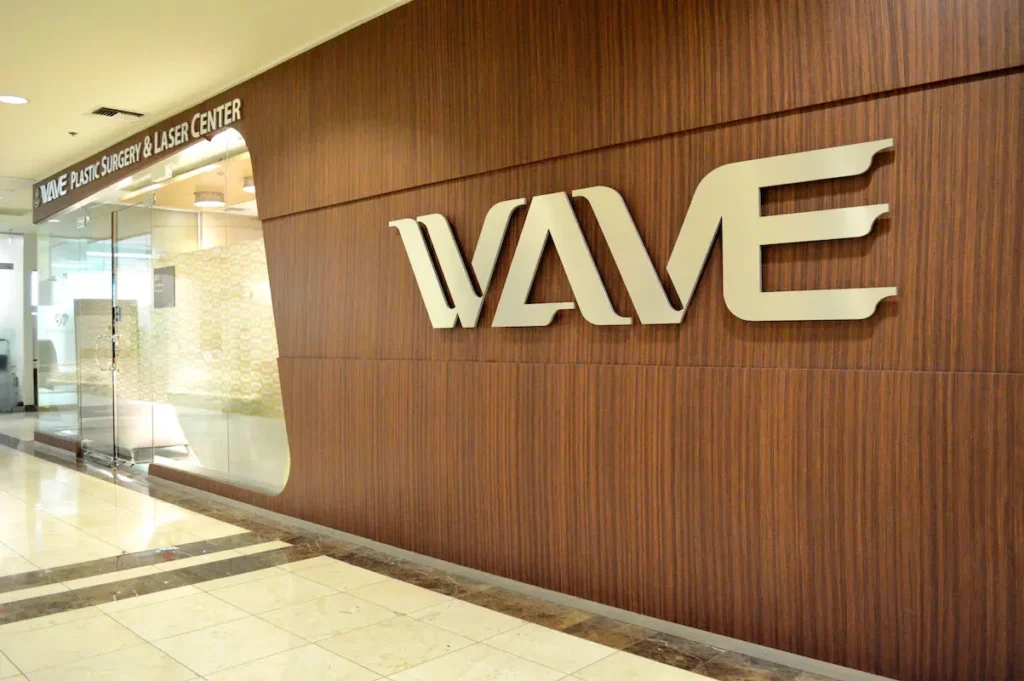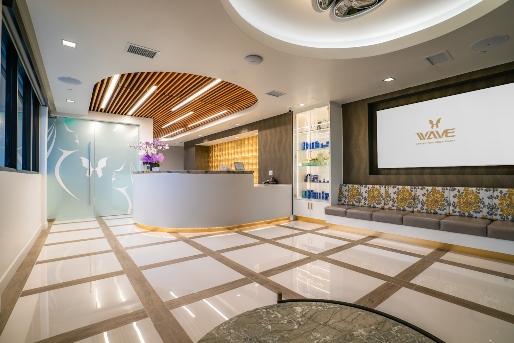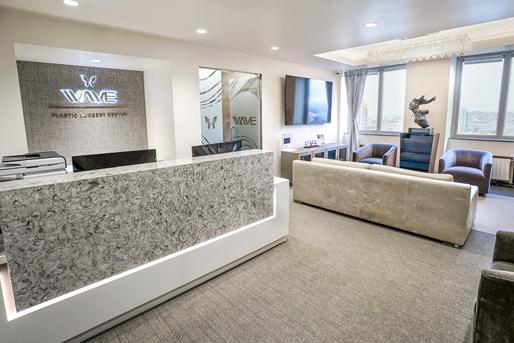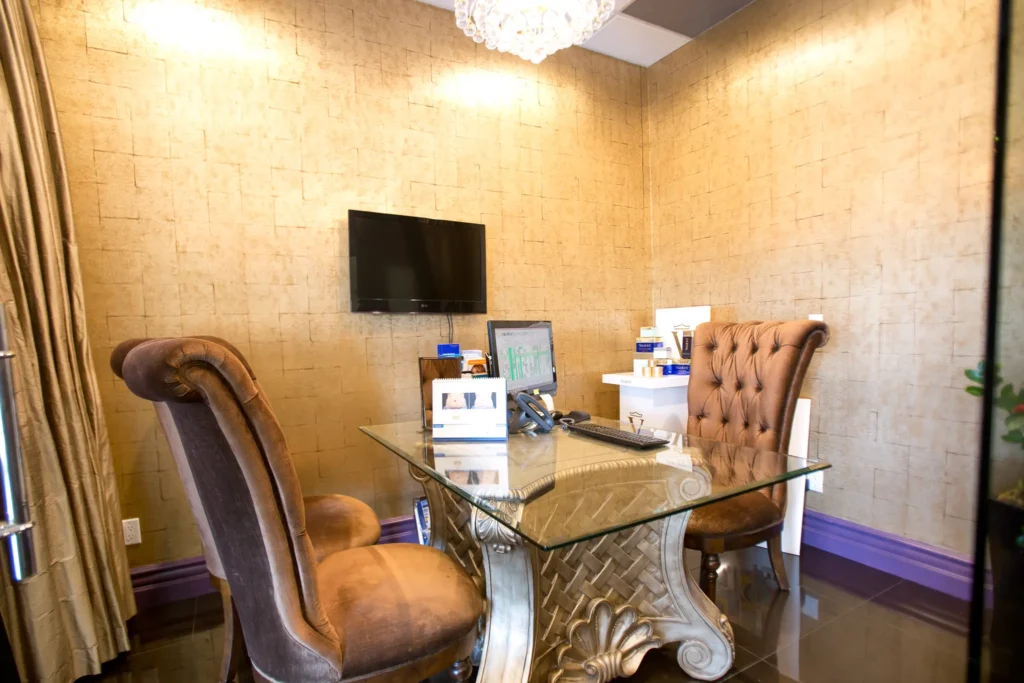Worldwide, many individuals are affected by their appearance, particularly when it comes to the face. As we age, the skin might become wrinkled or sag. Thankfully for the existence of cosmetic procedures are highly helping people regain their confidence and fresh look.
According to the 2018 American Society of Plastic Surgeons annual report, 15.9 million cosmetic minimally-invasive procedures were performed in the United States. Precisely, techniques like mini facelifts are among these life-changing surgeries helping individuals stay at their best.
A facelift is helpful for anti-aging because it repositions the skin and removes excess facial fats. It remains one of the most sought-after surgical procedures for anti-aging and has been known to provide viable results. However, patients need to have realistic expectations. Generally, patients experience a swift and full recovery after a facelift, but it’s essential to acknowledge the associated risk factors. Consulting with a professional who can address potential concerns and provide answers regarding the process is crucial before proceeding with the procedure.
But what is a mini facelift? And what type of candidate for this surgery can benefit the most? Let’s explore these common questions and more below.
What is a Mini Facelift?
Mini Facelift is a cosmetic surgical procedure designed to improve the appearance of the face. Surgeons can achieve a younger look for their patients by removing excess skin and tightening the underlying muscles. This procedure can be considered an anti-aging surgery that focuses on sagging skin. It is often combined with other facial procedures, such as a brow lift or eyelid surgery. When combined with other procedures, better results may be achieved. This minimal face-lift procedure is a less invasive choice than the traditional one and can provide just as dramatic results.
The Difference Between a Facelift and a Mini Facelift
Facelifts and Mini Facelifts are cosmetic surgical procedures that aim to improve the appearance of the face. A younger look is achieved by tightening and lifting the skin on the face. The main difference between a facelift and a mini facelift is the incision size and placement.
A facelift is a more comprehensive procedure that involves making incisions in the hairline and around the ear, lifting the skin, and removing excess fat and skin. Comparatively, a Mini Facelift uses smaller incisions than a traditional facelift and endoscopic techniques in that incisions are placed in strategic locations around the ear where they can be easily hidden. This leads to less scarring and a quicker recovery time.
Mini Facelifts also tend to be less invasive than traditional facelifts, and they can achieve similar results. However, Mini Facelifts are not suitable for everyone, and your surgeon will be able to advise you on whether a mini face-lift or a traditional Facelift is right for you.
Who are the Best Candidates for a Mini Facelift Procedure?
The best candidates for a mini Facelift procedure are individuals worried about their sagging and aging facial skin. Typically, this surgery is viable for younger individuals since their skin has some elasticity.
Also, it is suitable for the following:
- Aging men and women in their 40s upwards
- If you have wrinkles on your face
- Skin laxity along your jawbone
- Deep nasolabial folds
- Excess skin around your jawline
What is the procedure for Mini Facelift like?
While the numerous benefits of a mini facelift are evident, you might still be interested in learning more about the procedure itself. So, if you’re still wondering, “What is a mini facelift procedure like?” rest assured the process is relatively painless and safe, ensuring a positive experience.
The procedure typically involves making small incisions around the hairline and ear. Through these mini facelift incisions, the surgeon will tighten the underlying muscles and remove excess skin. The surgeon will first administer local anesthesia or intravenous sedation to numb the area during the procedure.
Next, the surgeon will make small incisions near the hairline, ear, or under the chin. Then, they will lift the skin and underlying tissues before trimming away any excess skin.
Finally, the incisions will be closed with stitches. The entire procedure typically takes about two hours to complete. Typically, most people can return to their normal activities within a week.
Can Mini Facelifts Be Done Under IV Sedation?
Yes, mini facelifts can be done under IV sedation instead of general anesthesia. Many patients prefer this option because it’s less invasive, allows faster recovery, and avoids the risks associated with general anesthesia.
While there is a great deal of interest in facial rejuvenation and facelifting in social media, one important aspect of the surgery that is frequently overlooked is the type of anesthesia administered during the procedure. In reality, one of the determining factors for some patients to undergo a “mini-facelift” instead of a full facelift surgery is their desire to have the procedure performed under intravenous sedation instead of general anesthesia.
A mini-facelift can be defined as a procedure that uses shortened access incisions to access the soft tissues of the face for facial rejuvenation. However, the development of endoscopic surgical tools we use in our practice has allowed surgeons to seamlessly access the deeper soft tissues of the face, with excellent visualization and mobilization, despite the more limited incisions employed in a mini facelift.
For such cases, anesthesia becomes a very important component of the intraoperative management of patients during these procedures. First and foremost, anesthesia’s role is to prevent the patient from experiencing any pain or discomfort during the procedure itself.
IV sedation allows patients to be completely unconscious during the procedure, preventing pain and discomfort while also creating an amnestic effect—meaning patients have no memory of the surgery itself. It also facilitates a quick induction period, enabling patients to fall asleep within a minute of administration, and a rapid recovery, allowing for faster discharge from the Post-Anesthesia Care Unit (PACU).
Another important role of anesthesia during a mini facelift is to help manage intraoperative blood pressure. Keeping blood pressure low during the procedure minimizes bleeding risks and enhances the surgeon’s ability to operate with a clear visual field, ultimately reducing the chances of complications like hematomas in the postoperative period.
While IV sedation is generally safe and well-tolerated, it is not without risks. One of the rare but most significant concerns is respiratory depression, which can occur if the sedative is administered too quickly. To mitigate this risk, it is crucial to have a skilled anesthesiologist present to monitor the patient throughout the procedure.
In our practice, we use propofol, a preferred intravenous anesthetic, due to its rapid induction, smooth maintenance, and quick recovery characteristics. However, propofol is contraindicated in patients with allergies to soy, soy products, eggs, or egg products, as it is prepared in a lipid emulsion containing these ingredients. A thorough preoperative assessment helps ensure patient safety.
How Long Do Patients Take Pain Medication After a Mini Facelift?
The good news is that patients who have undergone a mini facelift usually have very little sharp pain after the procedure, other than perhaps a somewhat greater tightness of the face than usual and perhaps some slight localized discomfort from small drains that usually remain in place for a day or two after the surgery.
Some patients will take some oral narcotic pain pills for the first day or two after the surgery, but for the majority of our mini facelift patients, oral Tylenol is usually sufficient after the first twenty-four hours post-surgery.
- First 24–48 Hours: Some patients may use oral narcotic pain medications for the initial day or two post-surgery, particularly to address any sharp pain or discomfort.
- After 48 Hours: For the majority of patients, over-the-counter medications such as Tylenol are sufficient to manage residual discomfort.
What Is The Cost Of A Mini Facelift?
The cost of an upper or lower mini face-lift can vary depending on several factors. These factors include the doctor’s fee, the cost of anesthesia, and the cost of the facility. Additionally, some patients may require additional procedures, such as liposuction or skin resurfacing, which can add to the overall quicklift mini facelift cost.
Generally speaking, the average cost of a mini facelift is between $5,000 and $9,000. However, it is essential to remember that this is only an estimate. The actual cost may be higher or lower depending on your specific situation. If you are considering a mini facelift, discuss all your options with a qualified plastic surgeon. They will be able to give you a more accurate estimate of the cost based on your individual needs.
What is recovery like for a Mini Facelift?
Mini facelifts can be performed on patients of all skin types and ages, and they typically have a shorter recovery time. To minimize swelling, recovery from a micro face-lift generally involves wearing a compression garment for the first week or two.
Most patients can return to work and other normal activities within two weeks. However, strenuous activity should be avoided for at least four weeks. Mini facelifts can provide significant facial rejuvenation with minimal downtime. This makes them an increasingly popular option for patients who want to refresh their look.
Potential Risks Associated with Mini Facelift
Although the procedure might sound like minor surgery, it’s a much more subtle and complicated surgery. Similar to other surgical procedures, there are various risks and side effects.
These include:
- Pain
- Bleeding
- Swelling and bruising on the stitched areas
- Nerve damage
Choose WAVE Plastic Surgery for your Mini Facelift
As people age, they feel the urge to have a younger-looking face to keep up with the young crowd. But not everyone is ready or willing to go under the knife for a traditional facelift. With just minimal incisions and scarring from this type of facelift, mini-procedures are an excellent alternative for those who want to achieve a more youthful look without the commitment of a complete facelift. At Wave, we have a signature Mini Facelift called a Wave lift that is the culmination of years of experience performing endoscopic, anti-aging procedures. You can trust our staff to take care of your individual needs, minimizing the risks and providing long-lasting results.
At Wave Plastic Surgery, we offer wave lift surgery that can help you achieve the look you desire. We are anti-aging experts focused on helping our patients look and feel their best. With the help of Wave Plastic Surgery specialists, you can rest assured that all your anti-aging needs will be covered.
Contact us today to learn more about our mini facelifts and how we can help you achieve your desired look.

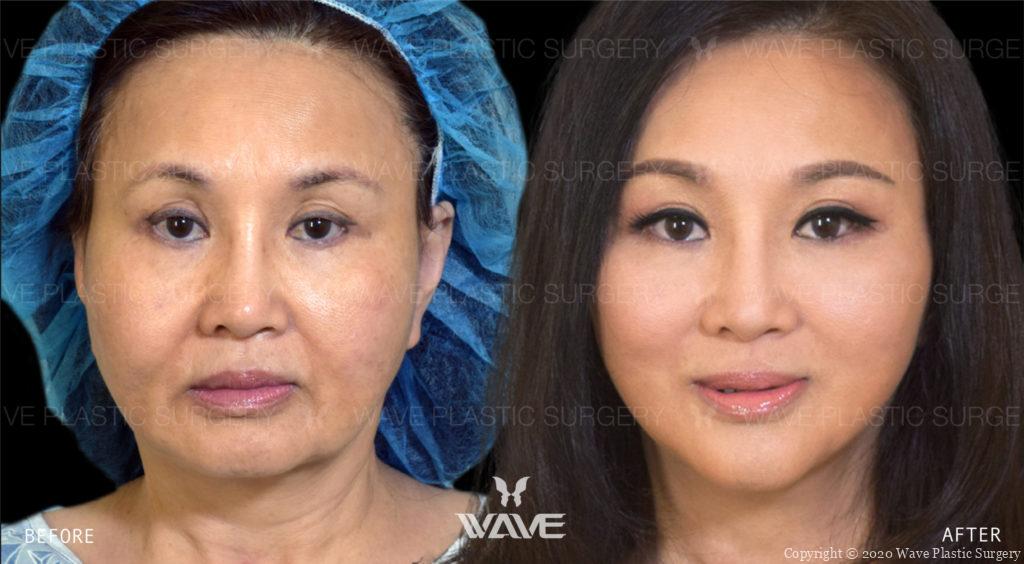
See more real WAVE Results in our Before and After Gallery.























